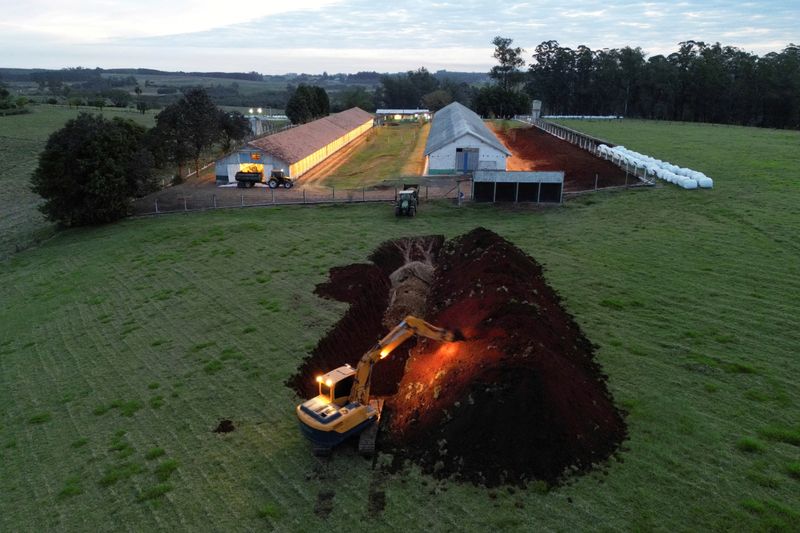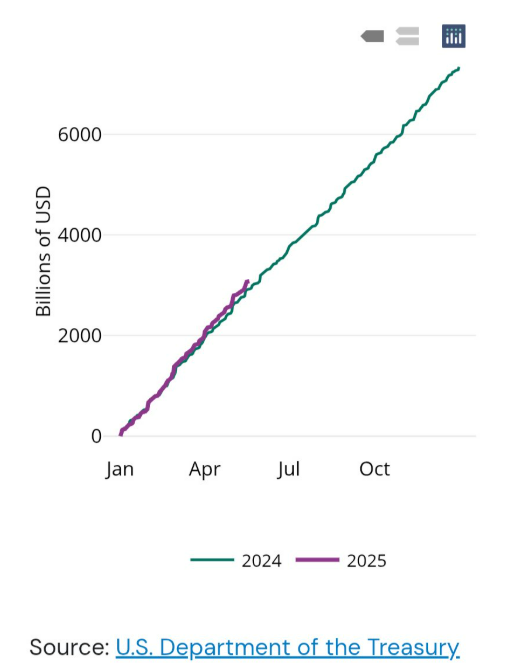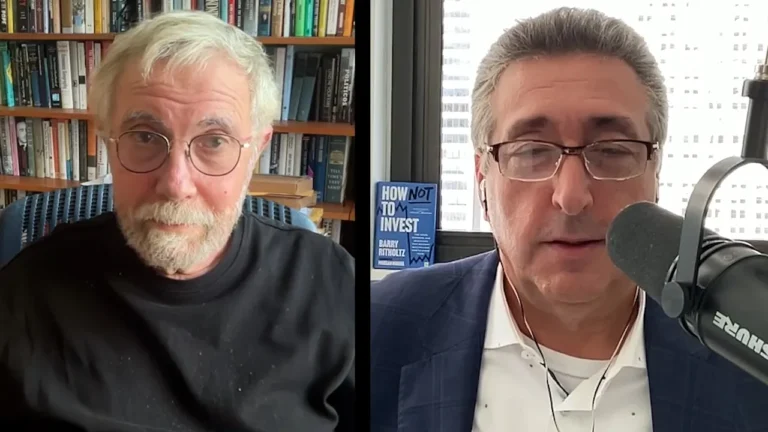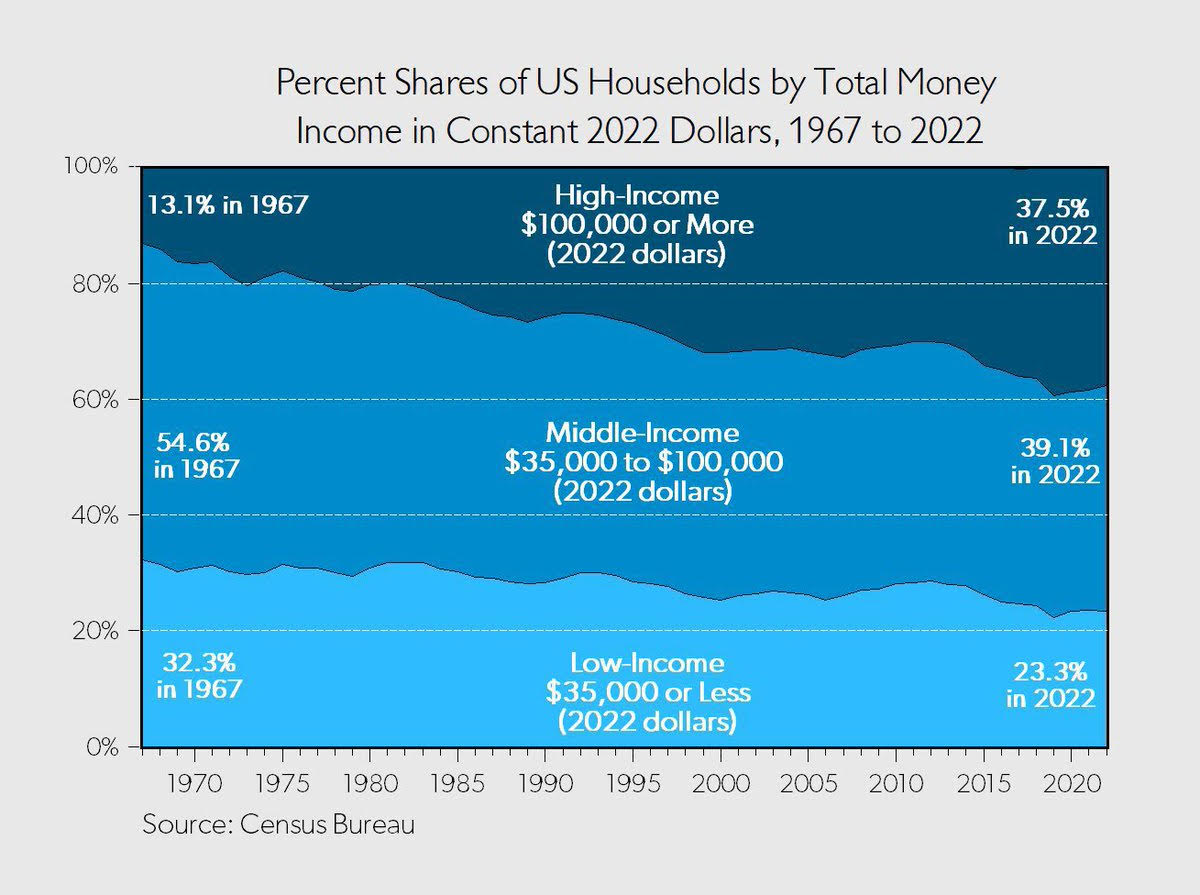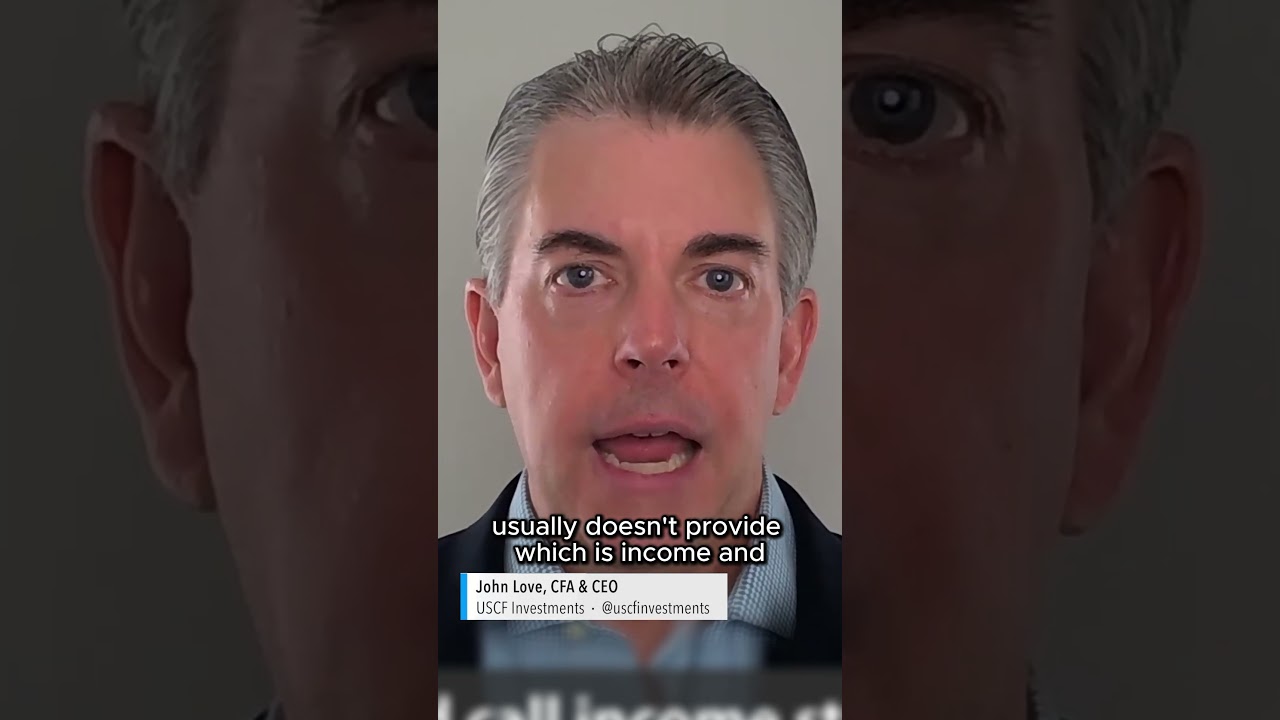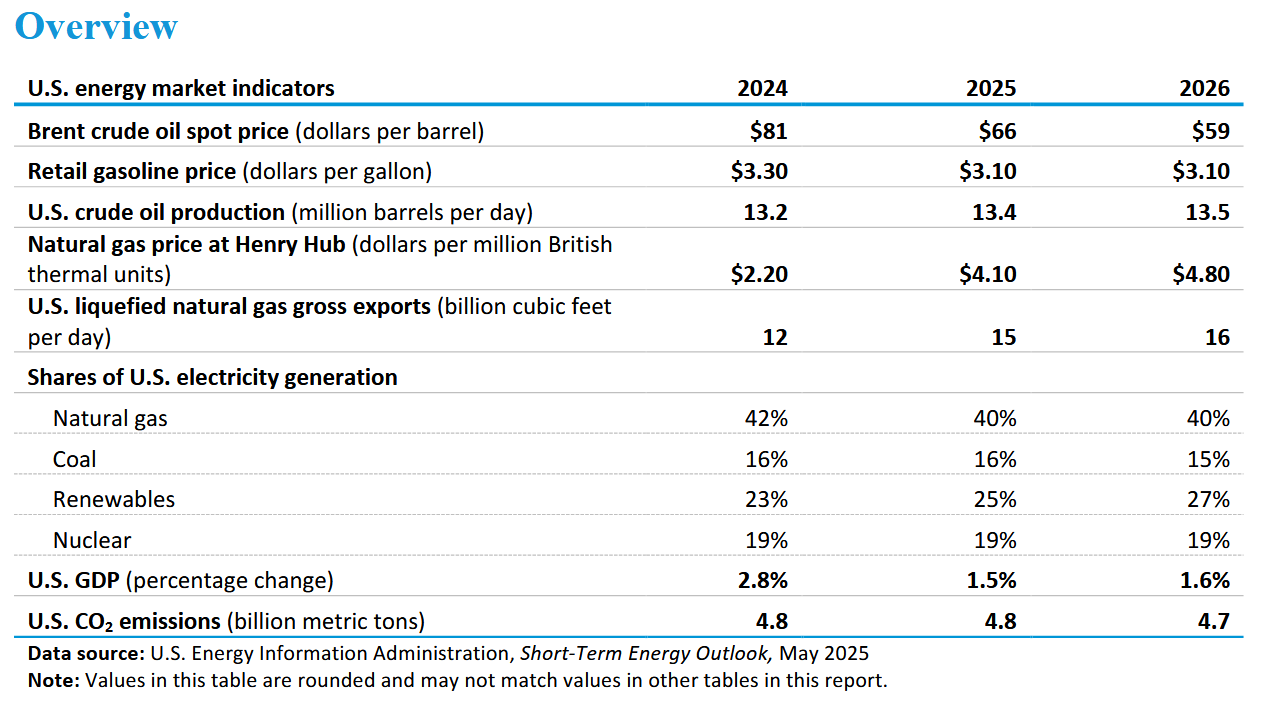AI Is Huge Threat to Social Security
Some models of the effects of AI show more and more people will live into their 100s. Social Security cannot afford for people to live that long. The post AI Is Huge Threat to Social Security appeared first on 24/7 Wall St..

There is growing evidence that artificial intelligence (AI) could extend the human lifespan. Some models of the effects of AI show more and more people will live into their 100s. Social Security cannot afford for people to live that long. The median age of Americans at death was 77.5 years according to the CDC. That means a typical Social Security recipient lives about 12 years after they start to take benefits. If that rises sharply, Social Security will be low on money soon and that will continue.
24/7 Wall St. Key Points:
-
Some models of the effects of AI show more and more people will live into their 100s.
-
Social Security cannot afford for people to live that long.
-
Take this quiz to see if you’re on track to retire. (sponsored)
According to the Peter G. Peterson Foundation, “Social Security’s Old-Age & Survivors Insurance (OASI) Trust Fund would be depleted by 2033, at which point benefits would be reduced by 21 percent.” If combined with the Disability Insurance (DI) Trust Fund, the time frame would last until 2035 and benefits would drop 17% that year. Peterson also points out that Social Security is the largest item in the federal budget. It is, therefore, a huge contributor to the national debt. The debt debate in Congress has become more heated this year, and cuts are not off the table.
However, the math of how fast the fund will run out of money is not simple. Whether it is 2035 or 2033, depending on who does the math, people don’t realize that if the current administration is in power until 2028 and the Republicans stay in power for eight more years, the odds of anything being done about increasing the size of the Social Security funds are low. The U.S. president has not indicated any plan to enact laws that would change the current Social Security situation.
The pace of the shortfall started in 2009. This happened because, in 1964, four workers paid money into Social Security for every recipient. The ratio dropped to 2.4 last year. By 2050, the figure will drop to two to one. Looking at it another way, according to research by the Weldon Cooper Center, the median age of Americans was 38.78 in 2020. It will rise to 40.01 by 2030 and about 43 by 2050.
None of the potential solutions to the risk that people benefit will fall are popular. One is to raise the age at which people can begin to take Social Security payments to as high as 70. Another is to increase the amount of payments taken out of paychecks starting now. The most controversial is that people who make over $100,000 in annual income when they retire get no Social Security payments, although they may have paid into the fund for decades. The courts are likely to challenge that.
Impoverished Americans are the group most affected by cuts. Many of them rely on Social Security as their primary source of income. AI cannot help solve that problem.
Three Social Security Changes in 2025 You May Have Missed
The post AI Is Huge Threat to Social Security appeared first on 24/7 Wall St..






































